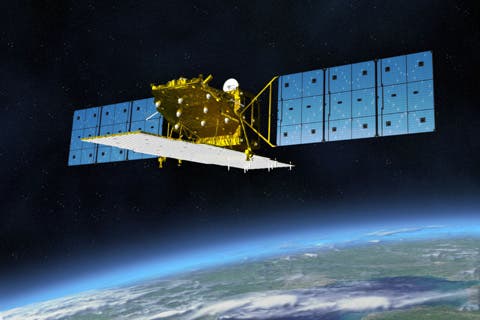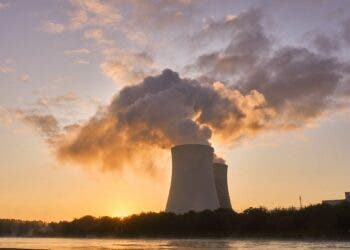
On September 3, 2017, North Korea did what was always said to be jokingly impossible. They found a way to move mountains. Literally.
That day, the country conducted a nuclear test so powerful that it lifted an entire mountain off the ground. Almost 17 times more powerful than the bomb dropped on Hiroshima by the United States — known as “Little Boy” — in 1945, North Korea’s blast released energy equivalent to 245 and 271 kilotons of TNT. Little Boy had a yield of 15 kilotonnes.
According to research recently published in the Geophysical Journal International — a publication of the Royal Astronomical Society — the explosion was calculated by using satellite data to augment measurements of tests on the ground.
Using data from the Japanese ALOS-2 satellite and a technique called Synthetic Aperture Radar Interferometry (InSAR), scientists led by Dr K. M. Sreejith of the Space Applications Centre of the Indian Space Research Organisation (ISRO), measured the changes on the surface above the test chamber. The 2017 explosion was sited at Mount Mantap in the northeast of North Korea. InSAR uses multiple radar images to create maps of deformation over time, allowing direct study of the sub-surface processes from space. This is the first time satellite data has been used to measure the strength of bomb tests.

The new data suggests that the explosion was powerful enough to shift the surface of the mountain above the detonation point by a few meters, and the flank of the peak moved by up to half a meter. Analyzing the InSAR readings in detail reveals that the explosion took place about 540 meters below the summit, about 2.5 kilometers (1.55 miles) north of the entrance of the tunnel used to access the test chamber.
“Satellite based radars are very powerful tools to gauge changes in earth surface, and allow us to estimate the location and yield of underground nuclear tests,” said K. M. Sreejith of the Space Applications Centre, lead author of the study, in a statement. “In conventional seismology by contrast, the estimations are indirect and depend on the availability of seismic monitoring stations.”
North Korea kick-started its nuclear program after it withdrew from the Treaty on the Non-Proliferation of Nuclear Weapons in 2003. Three years later, they conducted their first series of tests, eventually culminating in the 2017 test which experts suspect was a hydrogen bomb.
In 2017, Newsweek determined the number of casualties of 15-kiloton and 150-kiloton bombs were they to hit Newsweek’s New York office — 174,640 deaths and 477,470 deaths, respectively.
Were a 271-kiloton bomb to hit New York City and land in lower Manhattan, it would cause close to a million deaths.






